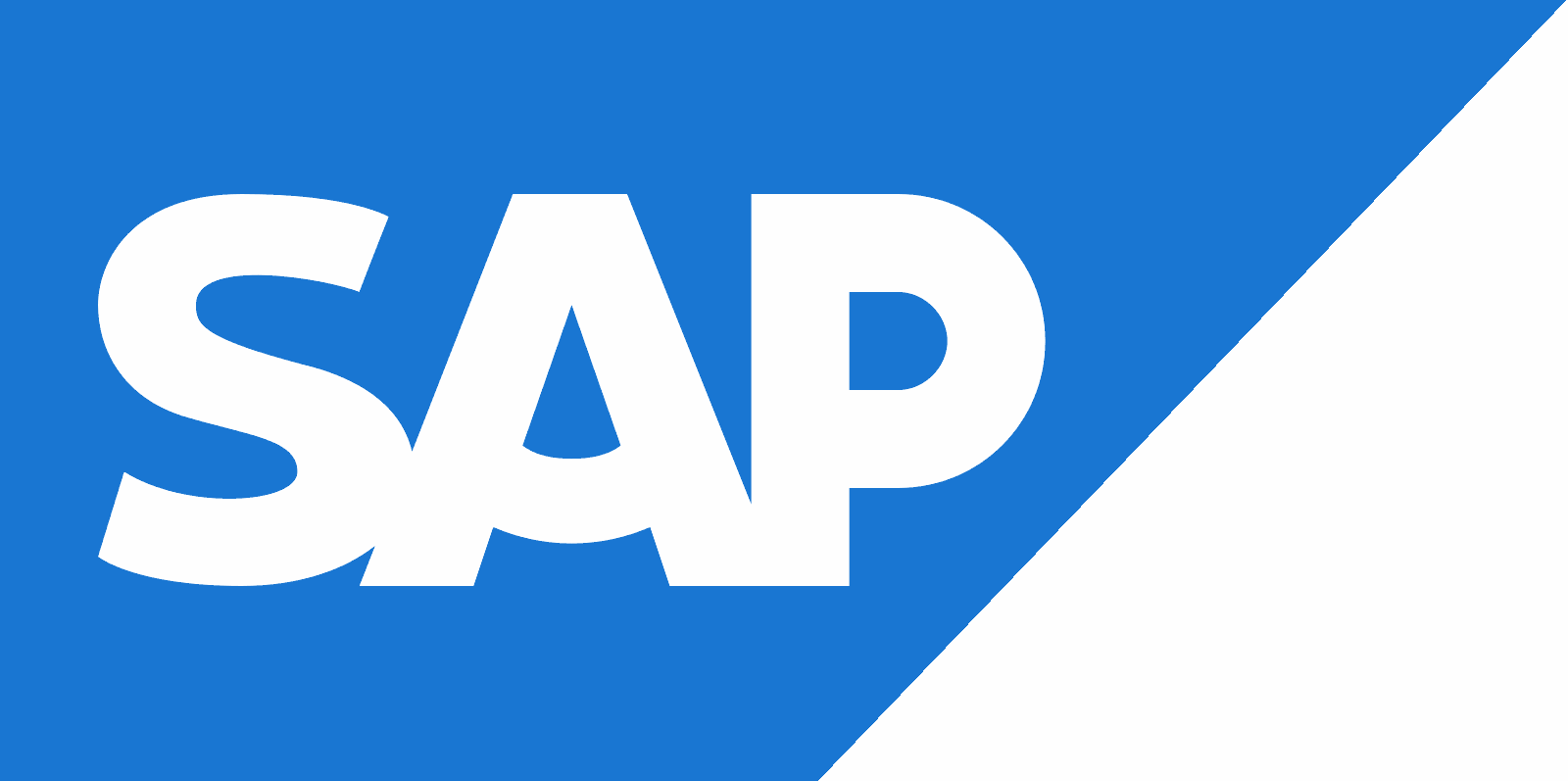New Relic AI is Adding Intelligent AIOps Capabilities for Faster Incident Resolution
New Relic is updating its AIOps capabilities with AI/ML, automation and deeper integrations to detect, diagnose and resolve problems and incidents more quickly. IDN looks at the latest from the New Relic AI platform.
New Relic AI is updating its AIOps suite with automation and applied intelligence to detect, diagnose and resolve problems and incidents more quickly.
The New Relic AIOps update aims to deliver a “holistic” AIOps solution, which understands historical alerts, apply AI/ML to accurately predict future issues by reducing alert noise and add intelligent context. Further, New Relic adds automation in real-time to speed resolution and otherwise help on-call teams.
“New Relic's goal is to help reduce the toil and anxiety of running modern systems for engineering teams.,” said Guy Fighel, General manager for AIOps and group vice president of product engineering at New Relic in a statement. Early-access customers report they’ve seen an automatic reduction in alert noise by 50 percent -- some up to 80%, Fighel added.
In specific, New Relic AI integrates with Slack, PagerDuty, ServiceNow, OpsGenie, VictorOps and other tools to fit within customers’ existing incident management workflow. Thanks to this integration, enriched incidents come with relevant context and ML-powered guidance and suggestions, according to Fighel.
These enhanced incidents then can automatically be shared in the team’s existing workflows and reduces the need to switch between tools – which can be a real problem during an incident.
The result is customers can see a live view of ingested data, an intelligent summary of each incident, and have the ability to tune correlations with user feedback, he added.
Inside Updates to New Relic AI Power Faster Incident Response

New Relic AI’s latest features look to respond to incidents faster wit a richer set of AIOps capabilities – for both incident diagnostics and smarter workflows for teams.
Among notable features and capabilities of the New Relic AI are:
Fast connections; fast vale: Organizations can quickly connect their existing tools using a simple guided configuration UI, webhooks and APIs. Users can connect accounts from tools like Slack, PagerDuty, Splunk, Grafana, Prometheus and Amazon CloudWatch in a few clicks, and integrate with their incident management tools of choice. Users can also ingest alerts, incidents and event data from any source and start seeing the benefits of anomaly detection and automatic noise reduction.
Automatic anomaly detection: This notifies teams about potential problems via the users’ tools of choice - before they turn into incidents. New Relic AI proactively monitors your services for anomalies based on SRE golden signals -- such as latency, errors, saturation and traffic -- and notifies you with real-time failure warnings and actionable details so you can investigate faster.
Correlate incidents; reduce alert noise and fatigue: This allows users to automatically group and prioritize alerts and incident data to decrease noise and focus on what matters most. New Relic AI establishes relationships between incidents and includes flapping detection and smart suppression to reduce noise from low-priority alerts by as much as 90 percent.
Custom correlation: Users can quickly build their own correlation logic with an intuitive decision builder that makes it simple to tell New Relic AI what data to compare and correlate.
Get transparency into why incidents are correlated to build trust: New Relic AI provides full transparency into why and how issues are correlated, so you have confidence in the ML models that reduce noise while ensuring that critical signals don’t go unnoticed.
Diagnose and respond faster with incident intelligence: New Relic AI enriches correlated incidents with deeper context and metadata, so you can troubleshoot and understand the issue, get closer to the root cause, and resolve it.
Escalate incidents to the right responders faster: New Relic AI suggests responders based on company data and gives users the flexibility to easily determine where and how they send issues to teams. As an example, a user can set all incidents with a particular application name to only notify that team’s dedicated PagerDuty service.
No changes to existing incident response workflow: New Relic AI delivers correlated, enriched incidents into tools like PagerDuty, OpsGenie, ServiceNow and more, so you don’t need to reinvent your on-call workflow.
Early adopters are positive about the latest New Relic AI update.
Jeffrey Hines, Senior Site Reliability Engineer, Signify Health said in a statement, “New Relic AI’s proactive detection capability was very easy to set up and use. There were zero agent configuration changes or deployments needed. Specifically, it helped my team. . . reduce incidents, integrate machine learning and analytics into operations and improve overall customer experience.”








